Japan: Mastering Earthquake Resilience
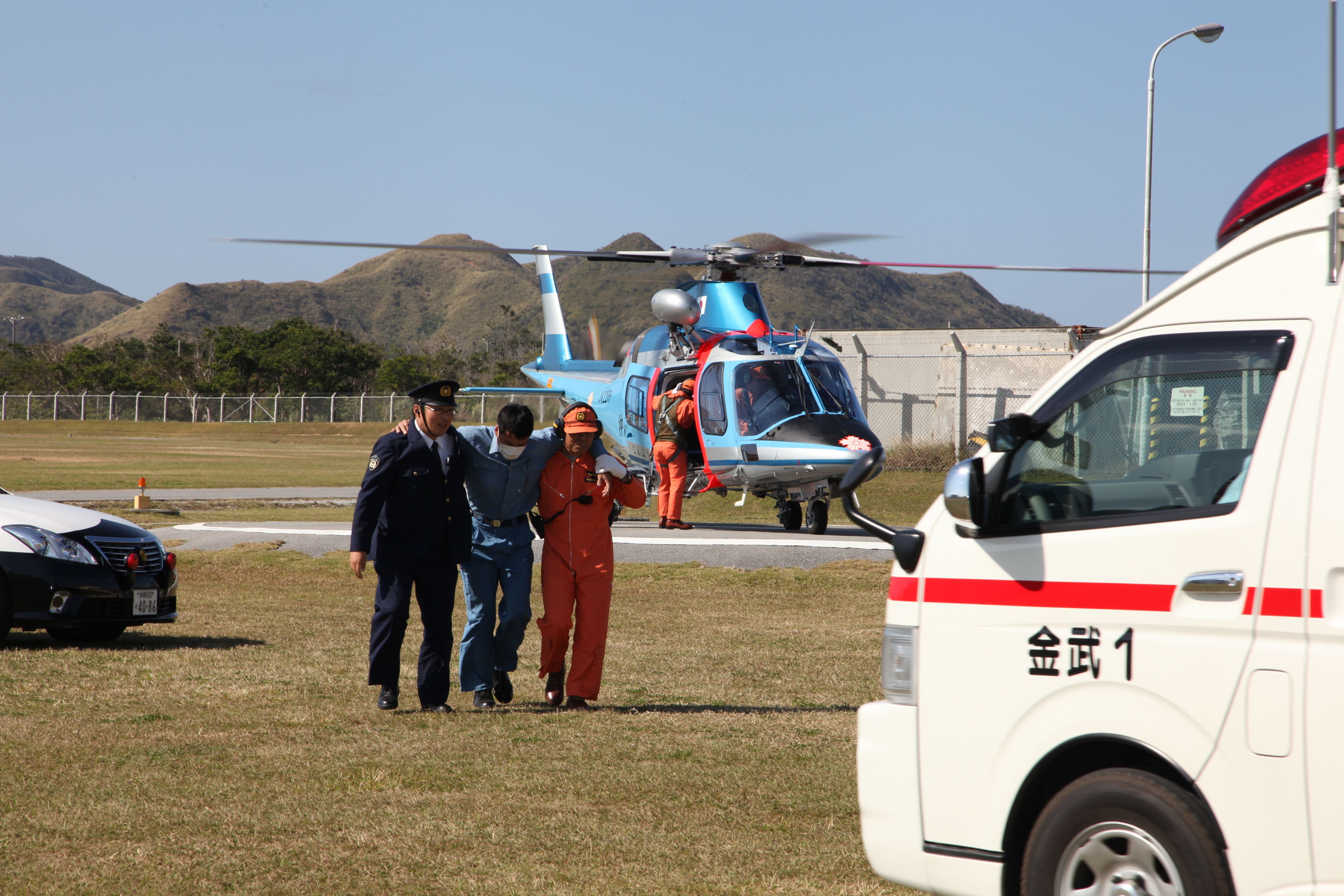
Japan stands out as a global leader in earthquake preparedness, a necessity due to its location on the volatile Pacific Ring of Fire. The country experiences more than 1,500 earthquakes each year, but thanks to rigorous building codes and advanced engineering, the impact on human life and infrastructure has dramatically declined. In 2024 alone, Japan invested nearly $2 billion in upgrading old buildings and pioneering new seismic safety technologies. Base isolation systems and flexible materials are now standard in construction, allowing buildings to sway safely during tremors. The government’s compulsory earthquake drills and widespread early warning systems keep the public alert and ready. These efforts are not just about technology—they reflect a national mindset focused on resilience and responsibility. As a result, Japan’s cities often recover quickly, inspiring other nations to follow suit.
Netherlands: A Model for Flood Defense
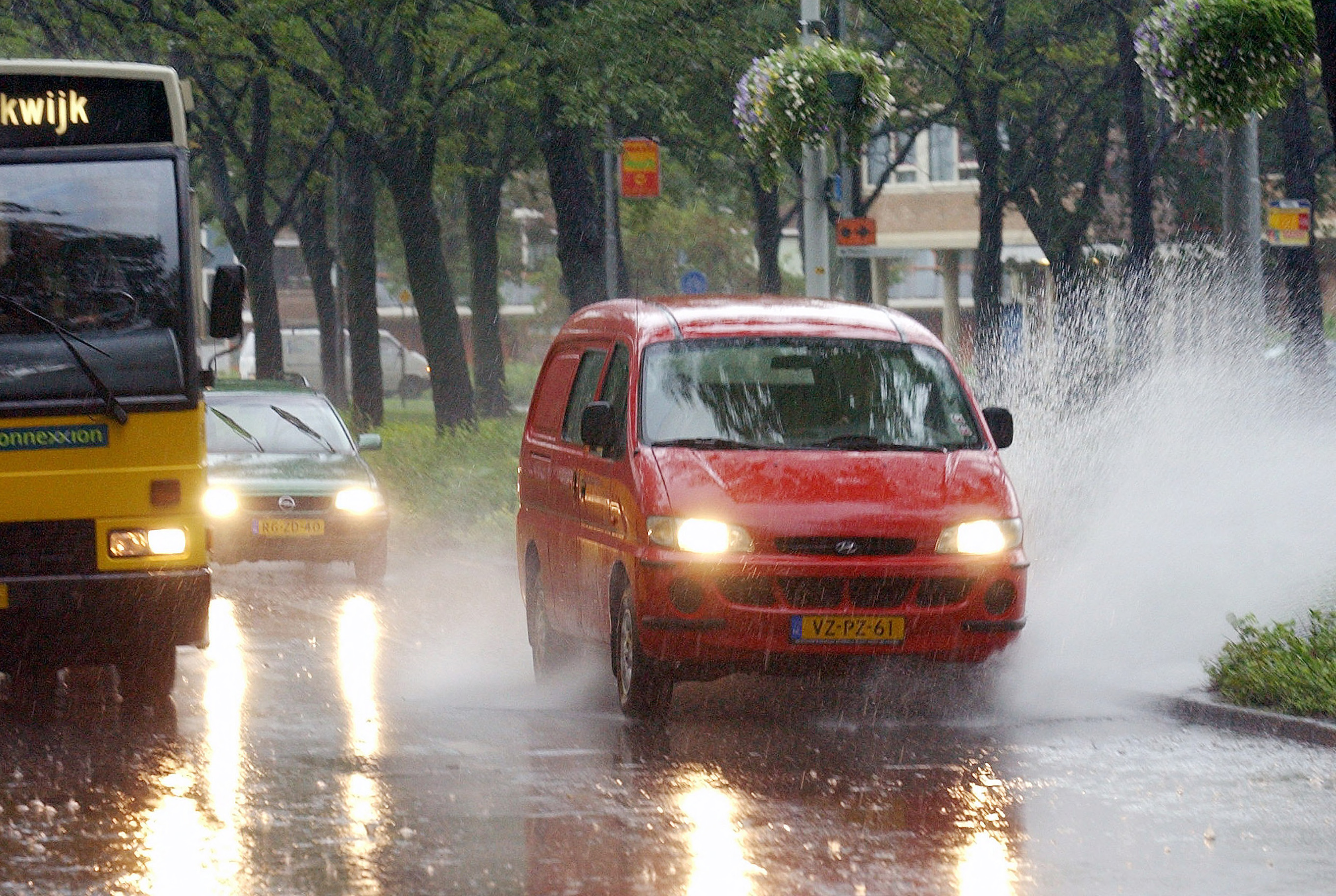
The Netherlands is practically synonymous with water management, having lived with the constant threat of flooding for centuries. With over a quarter of its land lying below sea level, the Dutch have engineered an intricate web of dikes, levees, and movable storm surge barriers. Maintenance and updates to this system cost the country more than €1 billion every year, a price the Dutch pay willingly for peace of mind. The iconic Delta Works, completed in the 1990s, continues to shield millions from the North Sea’s wrath. In 2025, the Netherlands is rolling out even more ambitious plans, including floating neighborhoods that rise with the tide. Urban planners integrate green roofs, water plazas, and smart pumping stations into daily life, emphasizing sustainability. This holistic approach means the Dutch not only defend against floods, but also create communities where people and water coexist harmoniously.
Canada: Preparing for Extreme Cold
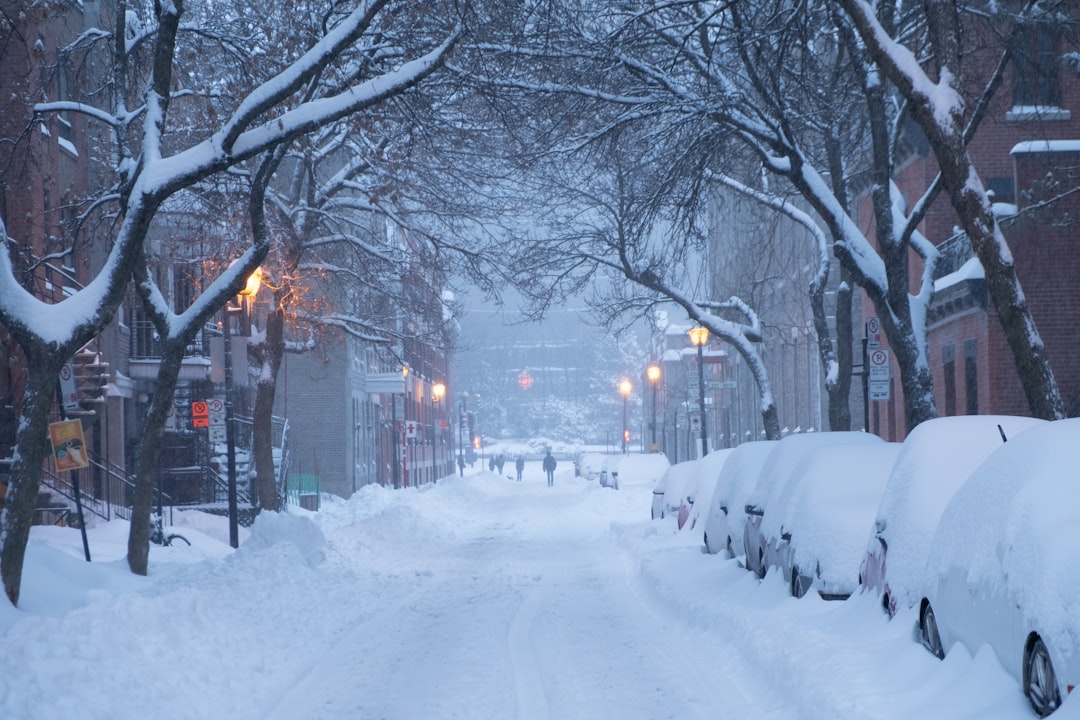
Canada’s winters are legendary, and the country has evolved to meet the challenges of deep freezes and blizzards head-on. Cities like Winnipeg and Edmonton run elaborate snow removal operations and maintain strict protocols for extreme cold, ensuring roads stay open and citizens remain safe. In 2024, the Canadian government committed an extra $500 million to improve winter road maintenance and upgrade heating infrastructure in at-risk regions. Energy-efficient building codes and mandatory insulation standards keep homes warm, even when temperatures plummet far below zero. Community centers transform into warming shelters during harsh spells, reflecting a culture of mutual support. Canadians have learned to see snow and ice not just as obstacles, but as elements to be managed with skill and ingenuity. Winter is woven into the national identity, fueling a sense of pride and perseverance.
Australia: Adapting to Bushfires and Droughts

Australia’s climate is a study in extremes, from devastating bushfires to prolonged droughts that test the resilience of its people and environment. The bushfire season of 2023–2024 left a deep mark, prompting the government to allocate $1.2 billion for new fire management strategies. Controlled burns, enhanced firebreaks, and widespread public education campaigns now form the backbone of these efforts. Australia is also investing in water management, with projects like the National Water Grid designed to deliver sustainable supplies across the continent. Rural and urban communities alike participate in drills and planning, learning to coexist with nature’s unpredictability. Local councils often provide grants for fire-resistant home modifications, empowering residents to take action. The country’s approach is rooted in adaptation, drawing on both traditional knowledge and cutting-edge science.
Sweden: Leading in Climate Adaptation
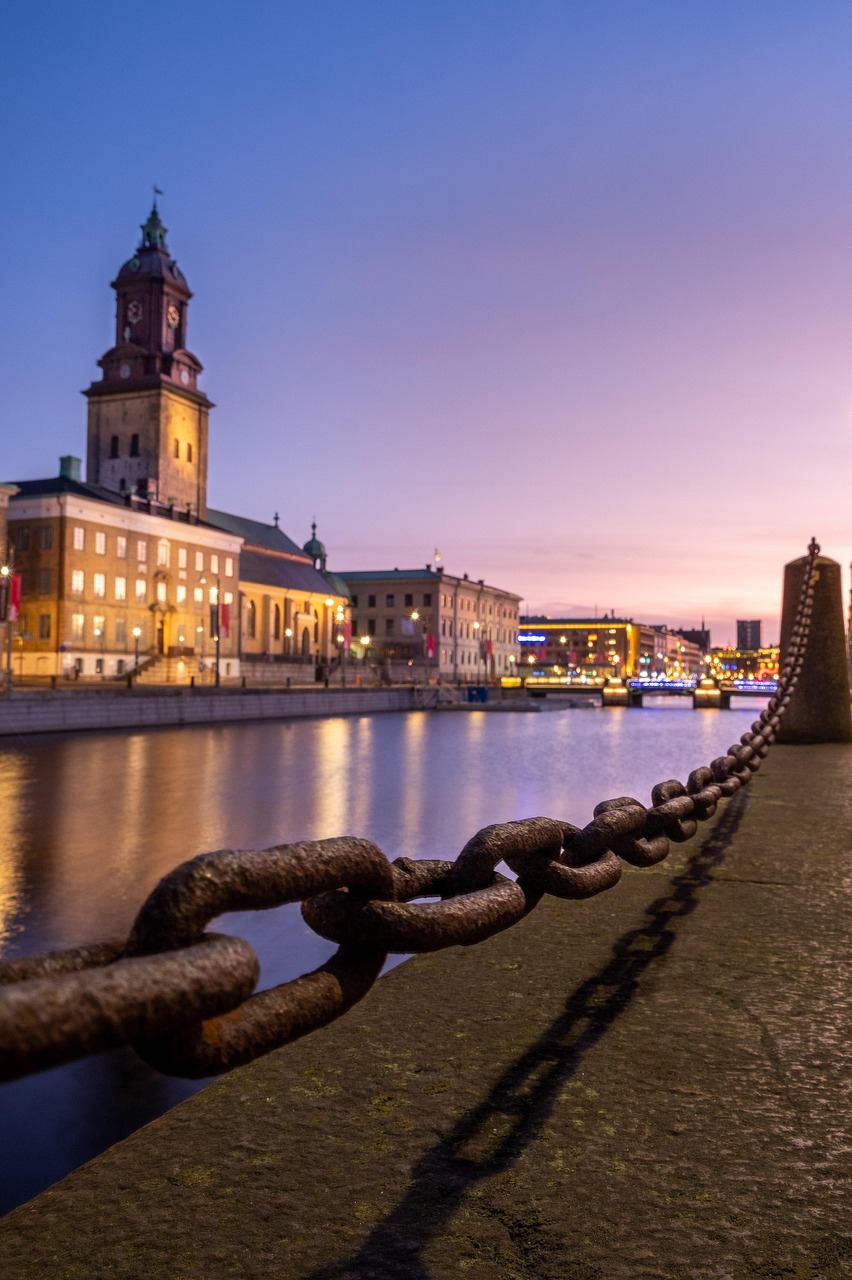
Sweden has become a northern beacon for climate adaptation, blending sustainability with practical measures against severe weather. The government’s bold target to cut greenhouse gas emissions by 75% by 2045 is matched by investments in renewable energy and urban green spaces. In 2024, Sweden launched a $300 million program to reinforce infrastructure against flooding and storms, prioritizing public transport, housing, and hospitals. Cities like Malmö and Stockholm incorporate permeable pavements and rain gardens to absorb excess water, reducing flood risks. Swedish policymakers frequently consult climate scientists, ensuring decisions are driven by the latest research. The emphasis on green infrastructure isn’t just practical—it makes urban life more enjoyable, with parks and waterways woven into the city fabric. Sweden’s efforts serve as a reminder that thriving in a changing climate requires both innovation and a deep respect for nature.
United States: Diverse Strategies for Severe Weather
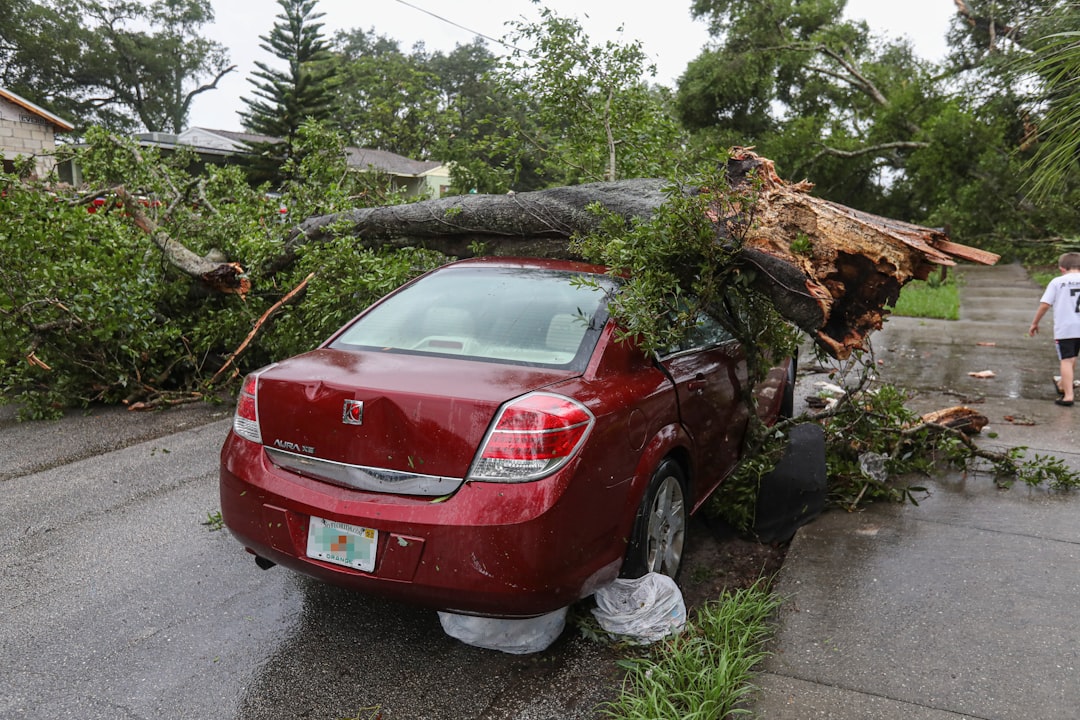
The United States faces an astonishing variety of severe weather threats, from hurricanes pounding the Gulf Coast to tornadoes swirling across the Midwest. Each region tailors its defenses, with Florida investing in hurricane-resistant building codes and Oklahoma prioritizing tornado shelters. In 2024, FEMA reported a $1.5 billion national investment in disaster relief, infrastructure upgrades, and early warning systems. States are pushing for stronger community education, helping residents understand how to prepare for—or even evacuate during—major events. The success of these measures is evident: property damage and fatalities have decreased in many high-risk areas, thanks in part to better building practices and real-time alerts. Yet, the challenge is ongoing, as climate change increases the frequency and intensity of storms. The American approach is pragmatic and multifaceted, adapting to the vastness and diversity of its landscape.
New Zealand: Earthquake Preparedness and Recovery
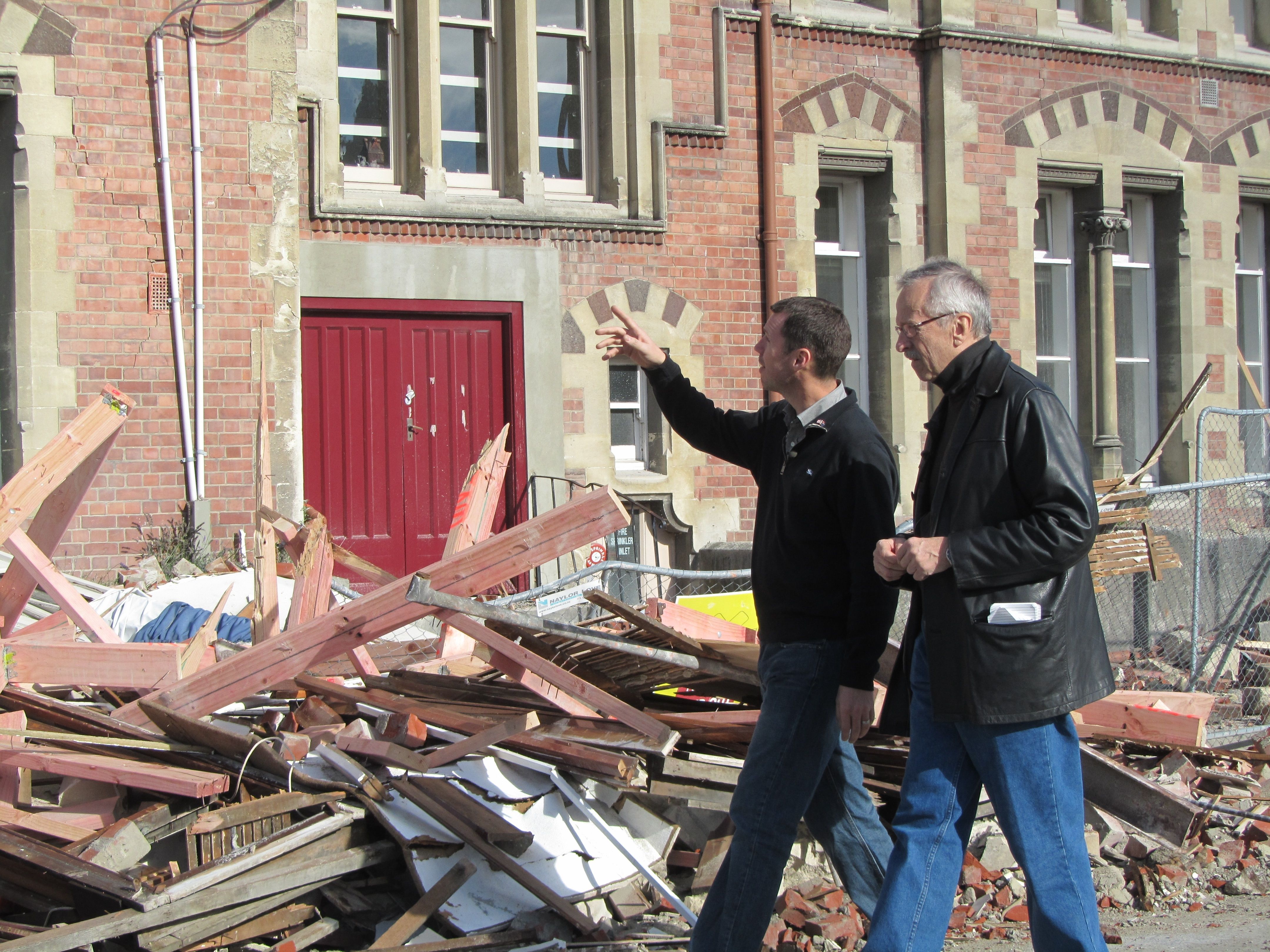
New Zealand’s rugged beauty comes with a price: frequent earthquakes due to its spot on the Pacific Ring of Fire. The government has crafted a national strategy that blends strict building codes, robust public education, and advanced emergency response plans. Recovery from the 2011 Christchurch earthquake led to a nationwide push for stronger, more flexible infrastructure. In 2025, New Zealand plans to introduce new earthquake detection technologies, aiming for even faster warnings and better resource deployment. Schools and workplaces regularly participate in “Drop, Cover, and Hold” drills, making preparedness second nature. The resilience of communities is bolstered by strong local networks and a deep sense of responsibility. These collective efforts ensure that, while earthquakes remain a constant threat, their impact is mitigated through readiness and unity.
Bangladesh: Vulnerable to Climate Change
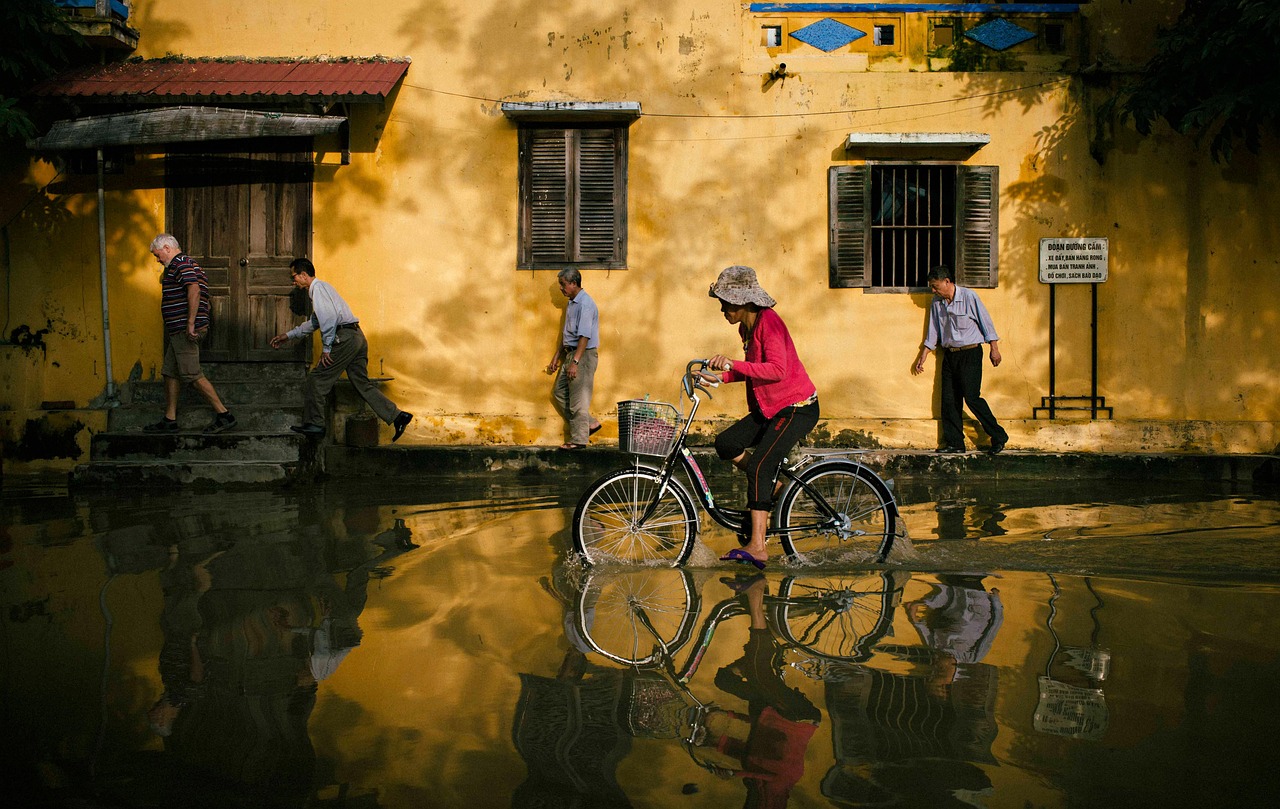
Bangladesh’s vulnerability to climate change is as stark as it is heart-wrenching. The country, home to the world’s largest river delta, faces regular flooding and punishing cyclones that threaten millions. According to World Bank estimates from 2024, up to 13 million Bangladeshis could be displaced by 2050 due to rising seas and climate shocks. The government is fighting back with disaster preparedness programs, community shelters, and early warning systems, but resources are stretched thin. Rural areas, in particular, struggle with infrastructure gaps that leave residents exposed. International aid is crucial, but the scale of the challenge demands more than temporary fixes. Bangladesh’s plight underscores the urgency of global climate action and the need for solidarity with the world’s most vulnerable.
Philippines: Battling Typhoons and Rising Seas

The Philippines grapples with the relentless fury of nature, enduring an average of 20 typhoons each year. In 2024, the country faced an unprecedented season, with repeated storms wreaking havoc on both cities and rural villages. The National Disaster Risk Reduction and Management Plan emphasizes early warnings and community-based evacuation drills, but the scale of destruction often overwhelms even the best preparations. Rising sea levels add another layer of threat, swallowing coastal homes and pushing families inland. Local governments work tirelessly to rebuild, but resources are perpetually stretched. Despite these challenges, Filipino communities show remarkable resilience, banding together in the aftermath of disasters. The situation remains precarious, highlighting the need for stronger adaptation strategies and international support.
Haiti: A Case Study in Vulnerability
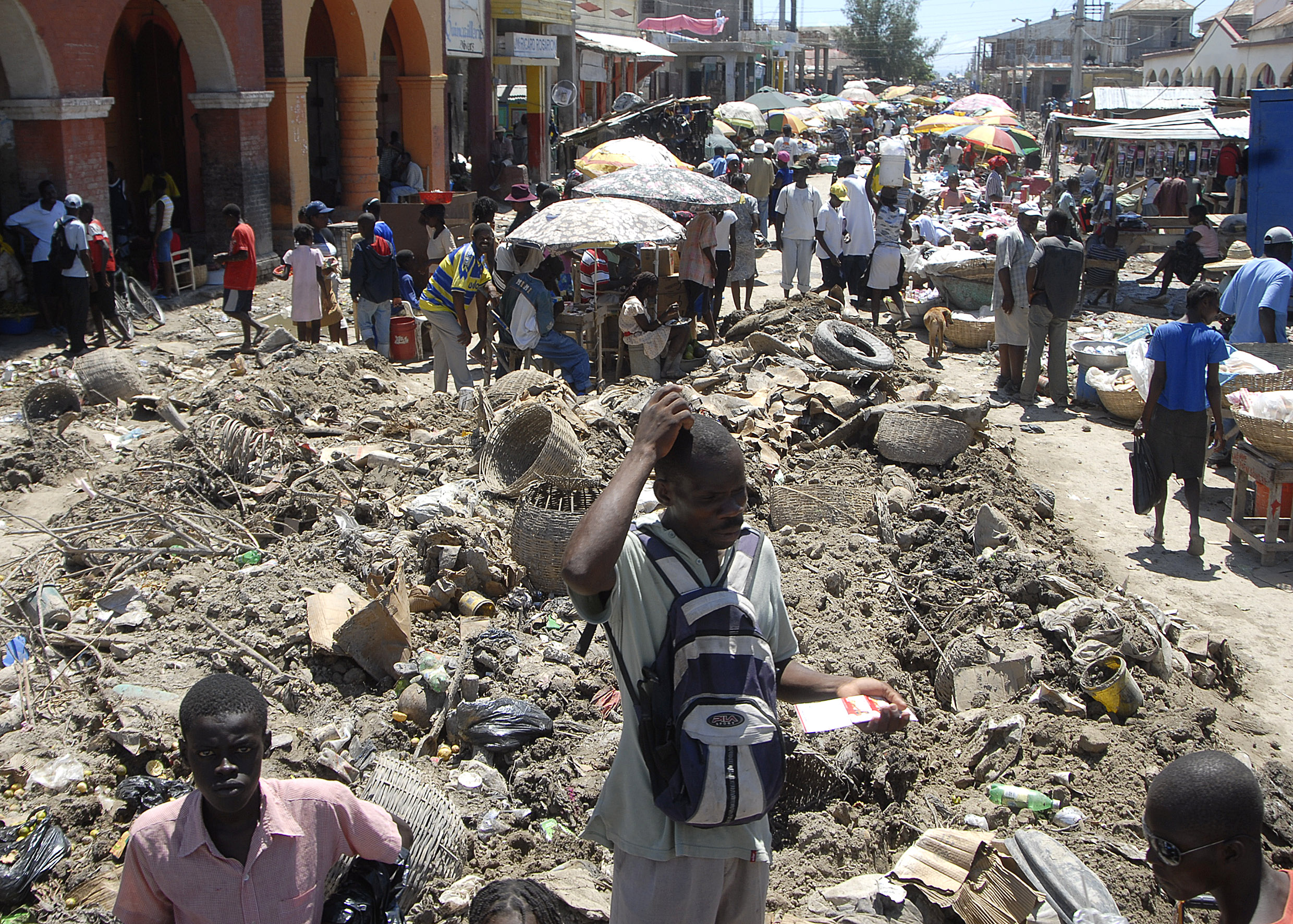
Haiti’s struggle with severe weather is compounded by economic hardship and fragile infrastructure. Located in the hurricane belt, the country is battered almost yearly by storms and flooding. In 2024, Hurricane Elsa brought devastation, displacing thousands and exposing the country’s limited capacity for disaster response. Crumbling roads and inadequate housing leave many Haitians defenseless against nature’s blows. International aid agencies provide crucial relief, but long-term recovery remains an uphill battle. The cycle of destruction and rebuilding drains resources and hope, making resilience a distant dream for many. Haiti’s experience is a powerful reminder of how poverty and vulnerability amplify the impact of climate change and severe weather.
